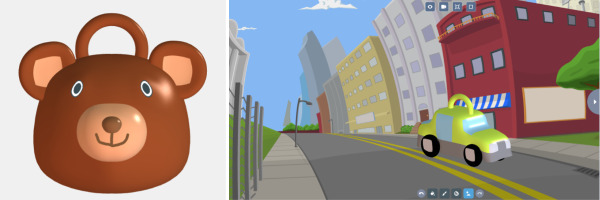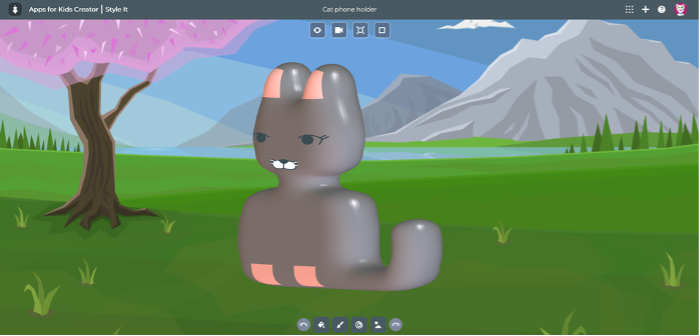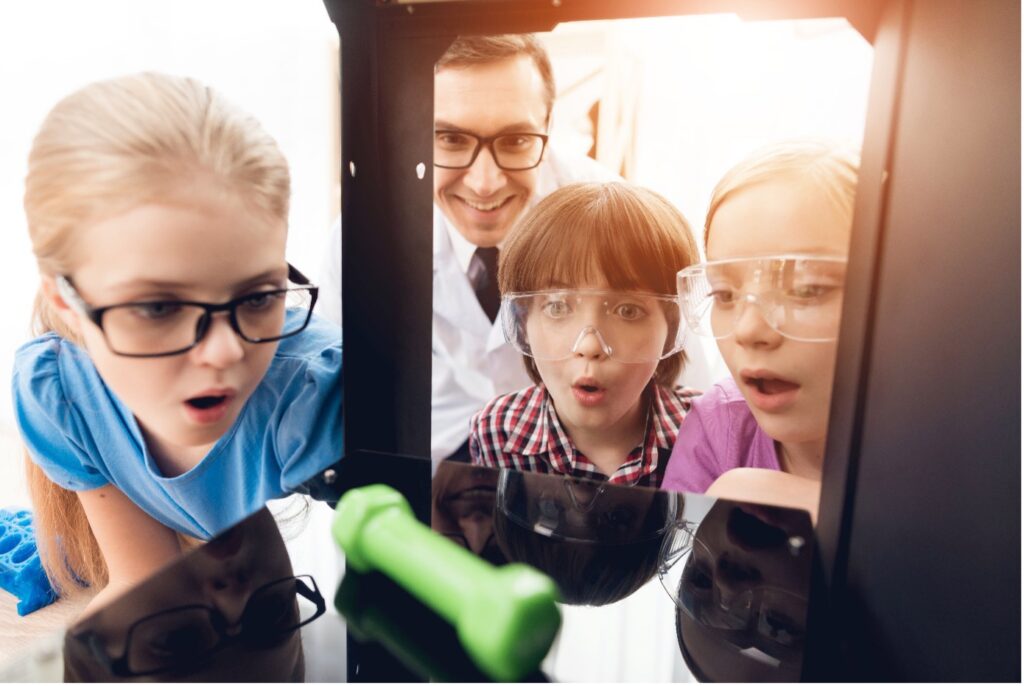
Engaging STEM Summer Activities for Kids
Summer is the perfect time to encourage children to explore their curiosity and engage in hands-on learning experiences. With STEM (Science, Technology, Engineering, and Mathematics) education gaining momentum, providing kids with exciting opportunities that nurture their curiosity in these fields is essential. One such activity that combines innovation and creativity is 3D printing. In this article, we will explore the world of 3D printing and suggest some STEM summer activities to help children develop valuable skills while having a blast.
Introduction to 3D Printing
Before diving into the activities, let’s briefly understand what 3D printing is all about. 3D printing, also known as additive manufacturing, creates three-dimensional objects by layering materials based on a digital design. It allows children to transform their ideas into tangible things, fostering problem-solving skills, spatial reasoning, and design thinking.
Design Challenges
One way to engage children in 3D printing is through design challenges. These challenges encourage them to brainstorm, design, and print their creations using a 3D printer. You can find sampleson the internet, like on STEM ecosystems or STEM learning for kids of all ages.
Here are a few exciting design challenges to get started that you can carry out by using SOLIDWORKS Apps for Kids:
- Customized Keychains: Challenge kids to design and print their unique keychains. They can experiment with shapes, textures, and patterns, adding their initials or favorite symbols. This activity enables children to understand the basics of CAD (Computer-Aided Design) software and introduces them to personalization.

- Miniature Architecture: Encourage children to design and build miniature structures using 3D printing. They can create famous landmarks, dream houses, or even futuristic cities. This activity fosters creativity, spatial awareness, and architectural thinking.
- Prototyping Solutions: Provide kids with real-world problems or scenarios and challenge them to design 3D printed solutions. For example, task them with creating a phone holder, a puzzle, or a functional tool. This activity enhances critical thinking and problem-solving skills.

Collaborative Projects

In addition to individual challenges, collaborative projects offer an opportunity for children to work together and learn from each other. Here are a couple of examples:
- Design and Print a Rube Goldberg Machine: Rube Goldberg machines are elaborate contraptions that perform simple tasks through a series of complicated steps. Divide children into teams and have them design and print components for a collaborative Rube Goldberg machine. They can combine 3D-printed parts and other materials to create an entertaining chain reaction. This project promotes teamwork, communication, and engineering principles.
- Create a Miniature Ecosystem: Assign each child or group a specific component of an ecosystem, such as plants, animals, or habitats. Have them design and 3D print their assigned elements, which will eventually come together to form a miniaturized ecosystem. This project provides insights into environmental science, biology, and the interdependence of living organisms.
Field Trips and Guest Speakers
To enhance the 3D printing experience, consider organizing field trips or inviting guest speakers. Visit a local maker space or a manufacturing facility to demonstrate how 3D printers are used in various industries. Alternatively, invite professionals or enthusiasts from the field to talk about their experiences, share insights, and showcase their 3D-printed creations. Those activities help children understand the real-world applications of 3D printing and spark their imagination.
Insummary, summer break offers an excellent opportunity to introduce children to the fascinating world of 3D printing while engaging them in valuable STEM activities. Children can develop critical skills such as problem solving, creativity, teamwork, and technical literacy by encouraging design challenges, collaborative projects, and incorporating field trips or guest speakers.
Back to Blog
